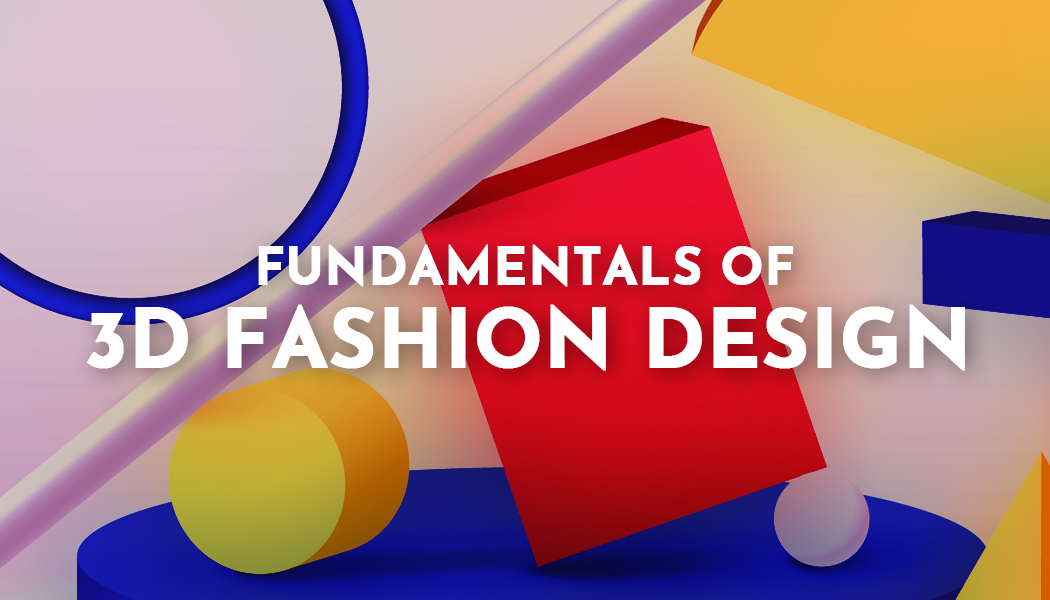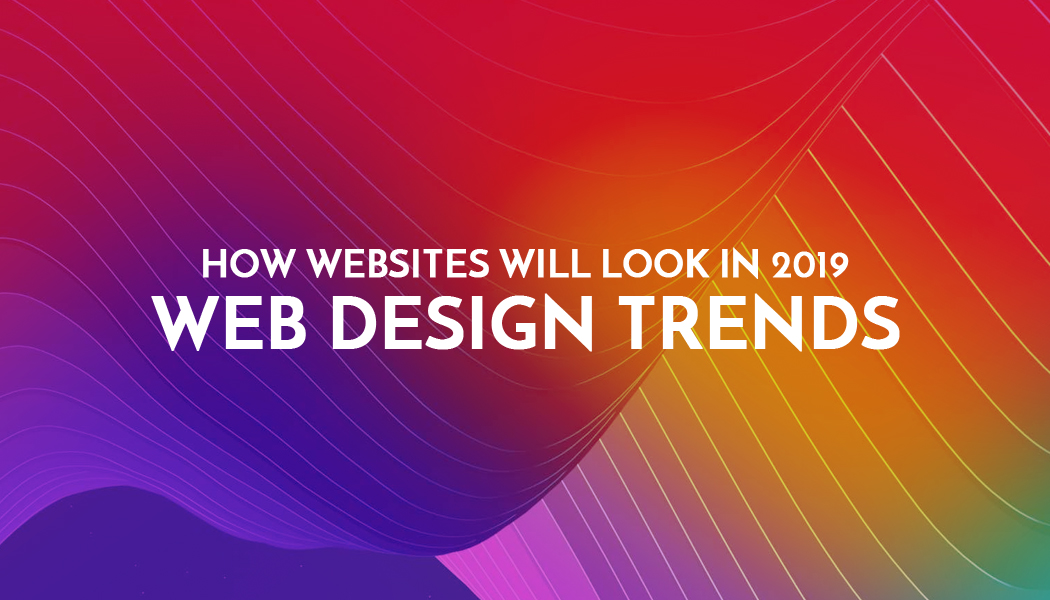Fundamentals of 3D Fashion Design (Everything you should know)
Fashion is a continually evolving field, but even if new trends emerge and disappear, some trends develop in the area of textile creation and design. That helps proponents render models in a much easier way. It also hastens the process of getting clothes from the designer to the customers.
Among these trends is the application of 3D Fashion designer software for textile design and fashion. Experts in the industry consider it the future of fashion design as it allows fine arts features and ensures the use of computer software with versatility. In other words, it brings out together the world of creativity and digital solutions.
A 3D Fashion design should be fundamental in the plans and executions of designers. Without it, their designs would remain obsolete, and they would have to contend with the hustles and bustles of traditional designing. With 3D Fashion design software, they can execute their creations to the next level and make it easier to process apparel production.
Understanding 3D Fashion Design
A crucial element in the fashion industry is the wearability of typical garments with all sizes and patterns. That is why it’s imperative to ensure the utmost care and precision to avoid items that are too tight, making it harder for a person to move around in. In other words, the fashion industry has to gear towards the goal that the apparels introduced are ideal for the target customers in all essential areas.
Companies should, therefore, create several samples, and during the fitting phase, they should separate them. It remains a challenge up to this day on how companies can make the communities between the design and the pattern making department efficient. Often times, this is because the style offices are in contrast with the decision making and the production phase.
To address the said issues, there is the pressing need to adopt 3D fashion software that can digitize all creative processes. Using 3D fashion design, proponents can easily make clothes from scratch at a very fast pace. That gives the company’s teams more time to improve their marketing strategies without the need for prototype productions. As a result, time-to-market significantly lessens.
When utilizing 3D for design, it’s imperative to ensure that the 3D prototype replaces the physical one, regardless if the item is draped or with heavy fabrics, accessories, seams, and finishes. The fabric, which is an essential parameter in achieving a realistic fitting, should cohesively represent all the critical physical properties and elements. Among these is its ability to move from the x and y directions and to bend under its weight.
Other features that make it possible to achieve drapery when rendering completed apparel are reflection, fineness, shading, transparency, and lucidity. That also includes the tension of the moving fabric and the pressure on the body. While manual operations take longer to do all these, 3D fashion design offers accelerated pace in the decision-making processes.
The Bigger Transformation
Traditional supply chain models eroded with the dawn of the industrial revolution. That is what’s happening today in the fashion world. With the introduction of 3D technology, many of the traditional operations and systems are falling prey to the art of automation. It does not only affect the fashion industry but also B2B sales processes and communication. In the long run, that helps businesses cut significantly on costs while increasing their profit margins.
Today, more and more brands are fully integrating 3D into their planning cycles and designs to visualize retail spaces and the corresponding products. When this happens, proponents can properly assort the items and market their products to wholesalers without having to create expensive samples and physical spaces.
Until today, however, leading players find it challenging to abandon traditional practices. That holds especially true for businesses that still utilize the catwalk to soft launch new products for sale, and those who stick with the adage of seeing is believing. When dealing with that, it’s helpful to note the lifelike assimilation is the prime consideration of any 3D visualization. For as much as art imitates life, so should proponents when it comes to 3D technology.
But that scenario is no longer a thing of the past. After all, many software companies are developing innovative tools that offer fashion businesses with a greater range of user experience possibilities and better visualization quality. With these features, businesses can now create reliable forms of 3D photos of textile brands. That helps them to have clear displays on how apparel shows on a fixture. That, in turn, boosts the first-class experience for the customer.
Because many of these digital tools have an intuitive design and usability features, there is no need for proponents to dabble on specific expertise to leverage the power of interactive solutions and 3D. Another added advantage for using the 3D is that it only takes a little bit of learning curve.
Pioneers of 3D Fashion Design
Understanding the possibilities and fundamentals of 3D fashion design leads us to the trendsetters, namely, Nike and Hugo Boss.
We all know that the Beatles popularized long hair to the masses, especially for males. In the same way, Nike and Hugo Boss pioneered the application of 3D technology in the lucrative fashion industry.
Hugo Boss, a German fashion company, announced in 2017 that it would not present its 2018 pre-fall collections through the usual rolling racks. Instead, it proposed the utilization of a tabletop with a quality touch screen interface and a 65-inch length. In its 2017 Annual Report, Hugo Boss shared that digital prototype applications significantly reduce development times. Moreover, the 3D visualization provides a high degree of detail that allows the realistic simulation of how the material drapes a person’s body, the contours, and the colors.
On the other hand, Nike implemented a 3D strategy to boost its competitive usage in partnership with different animations, studios, and technology developers.
Benefits of a 3D Fashion Design
Here are some of the compelling ways on how 3D can significantly improve how fashion companies hold their workflow.
1. Minimizes expenses and losses
Optitex reports that physical samples account for more than $6 to $8 billion in the fashion industry pie expenses. With the use of 3D, proponents can save that much amount and use it for more important areas such as innovation and marketing. What’s the good thing about that? Proponents don’t have to spend as much since there are budget-friendly options, especially for beginners.
2. Improves relevance amid growing competition
Fast fashion fuels the rapid pace of the industry, especially with social media and the pervasive culture of instant gratification. That means a pair of jeans that you designed a year ago may not be relevant today. That is why it’s imperative to integrate 3D into the production process and design to reduce the time-to-market.
Don’t forget to cut down on the period it takes to approve and communicate the garments when designing your collection in 3D. It’s also essential to reduce the needed rounds of physical samples. In that way, you don’t have to wait for the nod of your supplier on the opposite end of the globe and you can already share the digital samples for the approval of your collaborators. At the concept stage, proponents should be able to show the final product to the decision-makers.
3. Saves you significant time
As hinted earlier, 3D technology helps save considerable time as it automates crucial processes. Besides faster time to market, 3D shortens development time, lessens physical samples, and hasten decision making. All these lead to the optimization of growth and the generation of a far more superior product.
These features also help promote the transition of the fashion industry towards eco-friendly practices and systems. Plus, you and your team don’t have to fall into skirmishes because of a pre-production sample.
4. Boosts the Sustainability Campaign
It's undeniable that the fashion industry is a global degrader of the natural environment, especially with tons of toxic chemicals dumped and massive raw materials consumed. As local to international institutions demand the participation of businesses, fashion companies should heed to the call.
Imagine the carbon footprints minimized when physical samples no longer have to undergo traditional shipment procedures. If your chief executive is not interested in sustainability but merely optimizes profits, you can convince him that the amount that can be saved from production, fabric, wasted time, and logistics can be saved.
5. Creates the best fit
Customers love buying garments that fit that way they want it. But somehow, that is not achieved via traditional approaches. Using an innovative 3D, however, proponents can do away with live models, various fit samples and size sets, and time-consuming dress forms. Seasoned 3D artists, body scanning, and improved software can generate custom and accurate avatars and mannequins.
With these innovations, proponents can create custom apparel in the same duration as regular outputs. The animated mannequins can likewise help the team determine the behavior of the piece of clothing during the movement. Along with animations, these mannequins can help proponents improve their B2B sales processes.
One of the tools which users can leverage to tap 3D fashion design is Frontier’s digital textile cloud. It comes with essential features that are helpful in the process and make these efficient and simple.
With a little bit of learning, users can fully utilize Frontier’s key elements and achieve better results.




